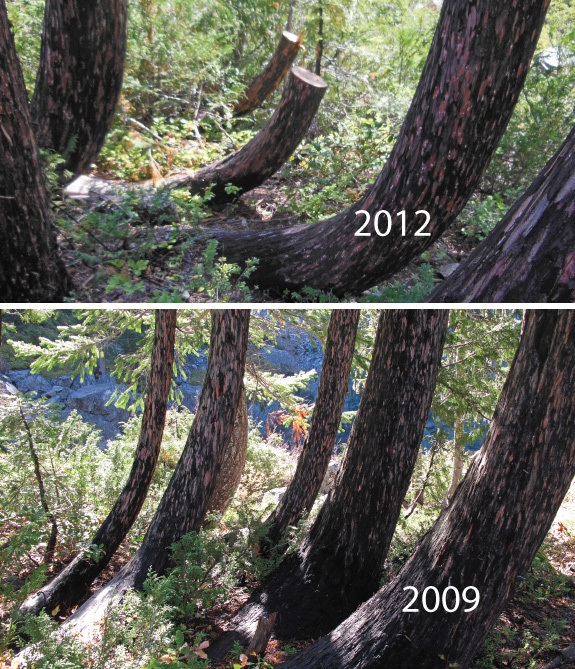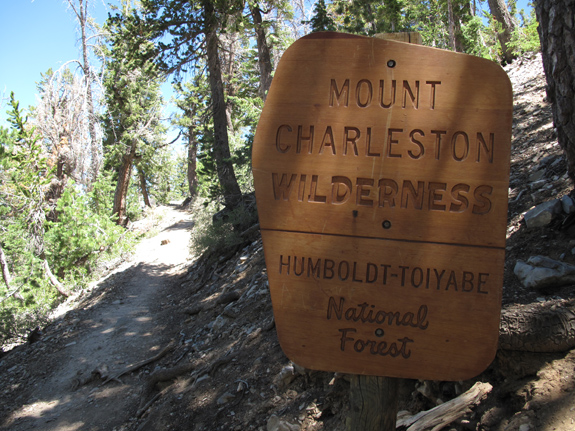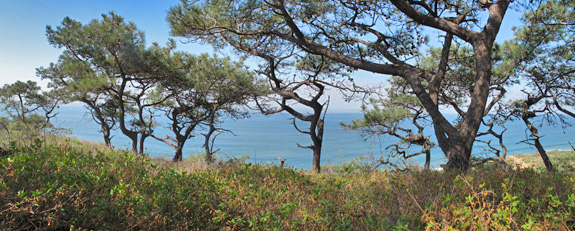Original Publication DATE: 10/27/2012
“Wilderness has a deceptive concreteness at first glance. The difficulty is that while the word is a noun it acts like an adjective. There is no specific material object that is wilderness. The term designates a quality ( as the ‘-ness’ suggests) that produces a certain mood or feeling in a given individual and, as a consequence, may be assigned by that person to specific place. Because of this subjectivity a universally acceptable definition of wilderness is elusive. One man’s wilderness may be another’s roadside picnic… Wilderness, in short, is so heavily freighted with meaning of a personal, symbolic, and changing kind as to resist easy definition.”
—Wilderness and the American Mind, Roderick Nash, third edition; pub. Yale Univ. Press, 1967.
Siskiyou Wilderness | fall 2012
My expectations for wilderness wavers too. As I sit at home with my creature comforts I hope that others are out enjoying the majesty of the wilds–connecting with the natural world and progressing as stewards. When my turn comes to plan a wilderness adventure, destinations are chosen based on where I will find solitude. This was the original, anthropocentric idea behind wilderness–a place that would retain primeval character and guarantee solitude. I am a proponent for more people visiting wilderness (walking in under their own power) so that they might have more authentic experiences in nature, care more, and develop a closer connection to the Earth.
Continue reading “The Cry of the Wilderness (and C. nootkatensis)”


